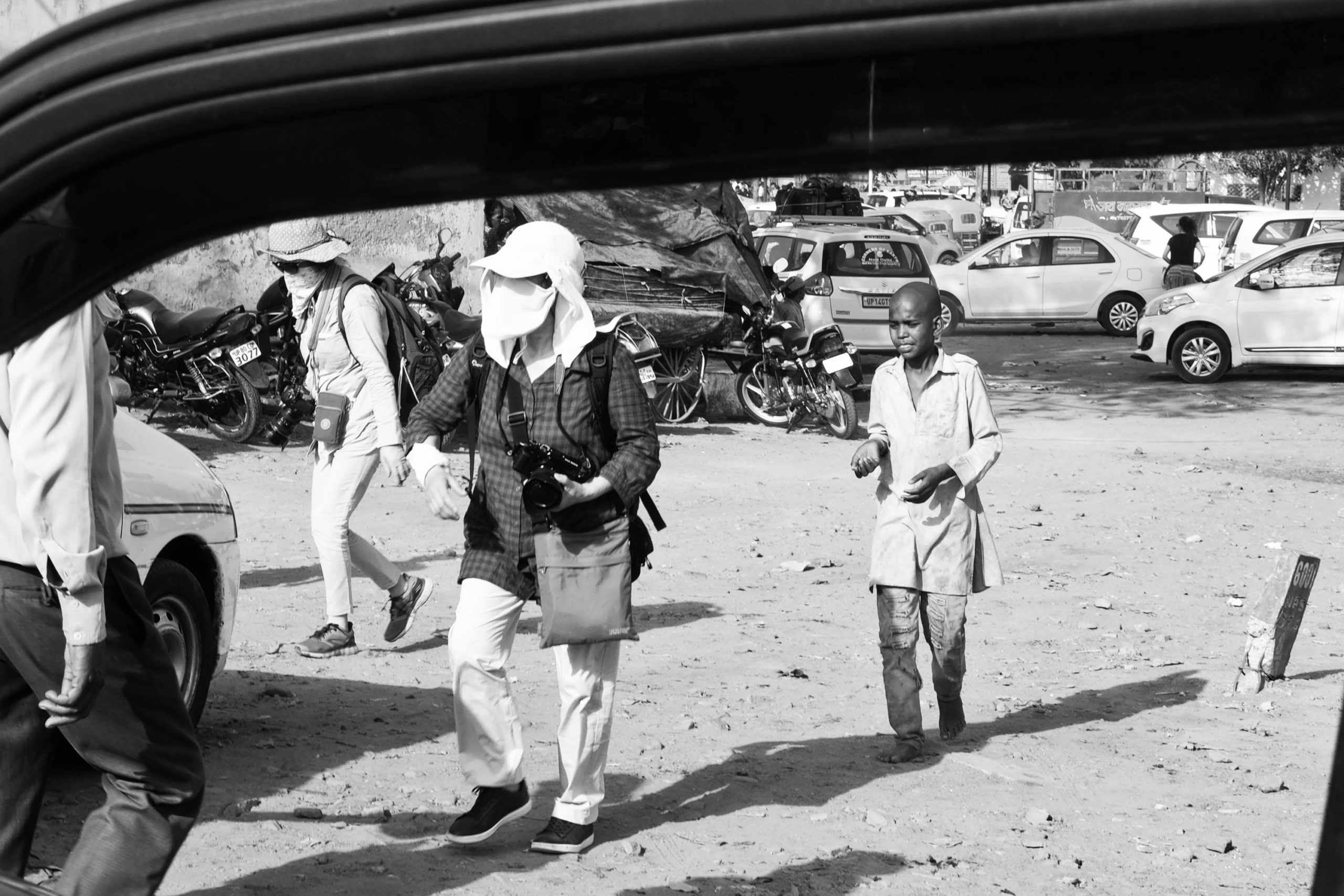As exciting as travel photography is, there’s a way to approach and protect the dignity of your subjects.
I’ve been exploring the world for the better part of four years. Being able to combine photography and travel is a dream come true for me; discovering new lands, cultures, and experiences is fantastic. But as I leave my world and invite myself into the world of others, there are certain measures I take to be respectful – especially in countries less privileged than mine. Sadly, I see many photographers fail to apply the same approach, and whether they realize it or not, the dignity of their subject is often lost.
I love photographing people; I always have and I always will. Whenever I’m home in London, you’ll find me on the streets creating candid images, very rarely engaging with the people I photograph. Abroad, however, my approach is slightly different. This is to ensure I show no disrespect to the people of the country I’m visiting. I want to preserve their dignity and prevent them from feeling like a novelty. Here are some ethics I live by, and I encourage you to do the same.
Travel Photography and Children
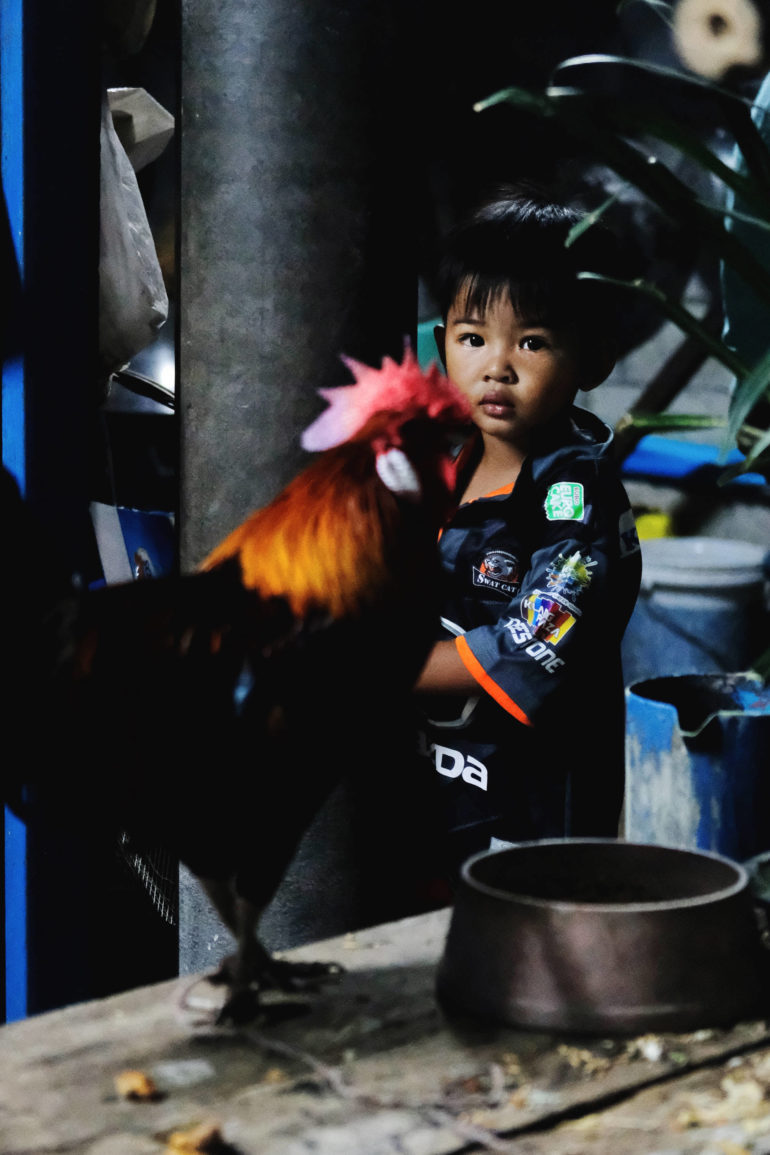
In normal circumstances, I’m all for photographing children. Of course, you have to ensure you do not intimidate them, but for the most part, children are curious creatures and make great subjects. But in poorer countries, children are sometimes taken out of school and used as props so their families can earn money. While in Mexico, I saw an American photographer pay a mother some money to photograph her child. Like a little trophy, the child stood in front of the camera and did as she was told. Never one to keep my mouth shut, I asked the American woman if she realized that by funding the mother, she was ensuring her child did not go back to school. Her response? “It’s not my problem, and she[‘s] so cute she makes for a great photograph.”
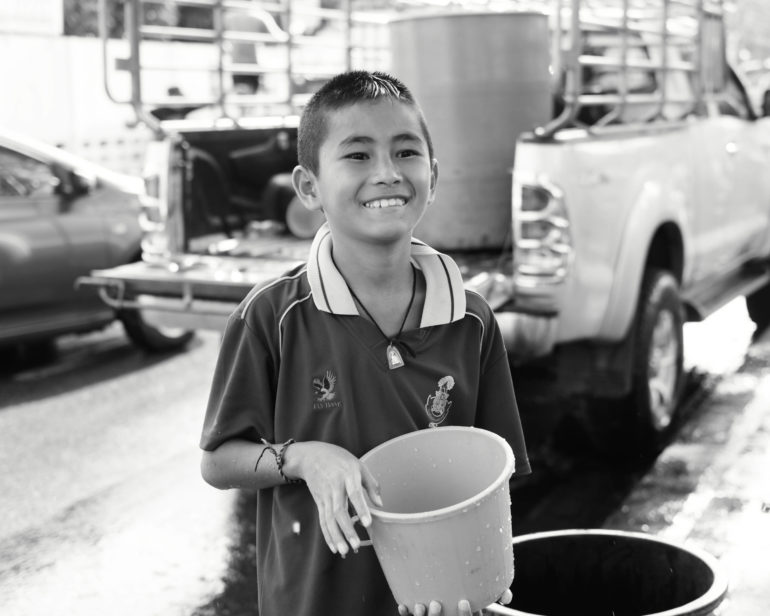
Yup, a young child, reduced to being nothing more than a nice photograph. It’s arrogance and ignorance on the woman’s part, and she is by no means the only one. I ask, beg even, that you do not do the same. Have some respect for the poor children that are not afforded the same education as you – have some respect for yourself.
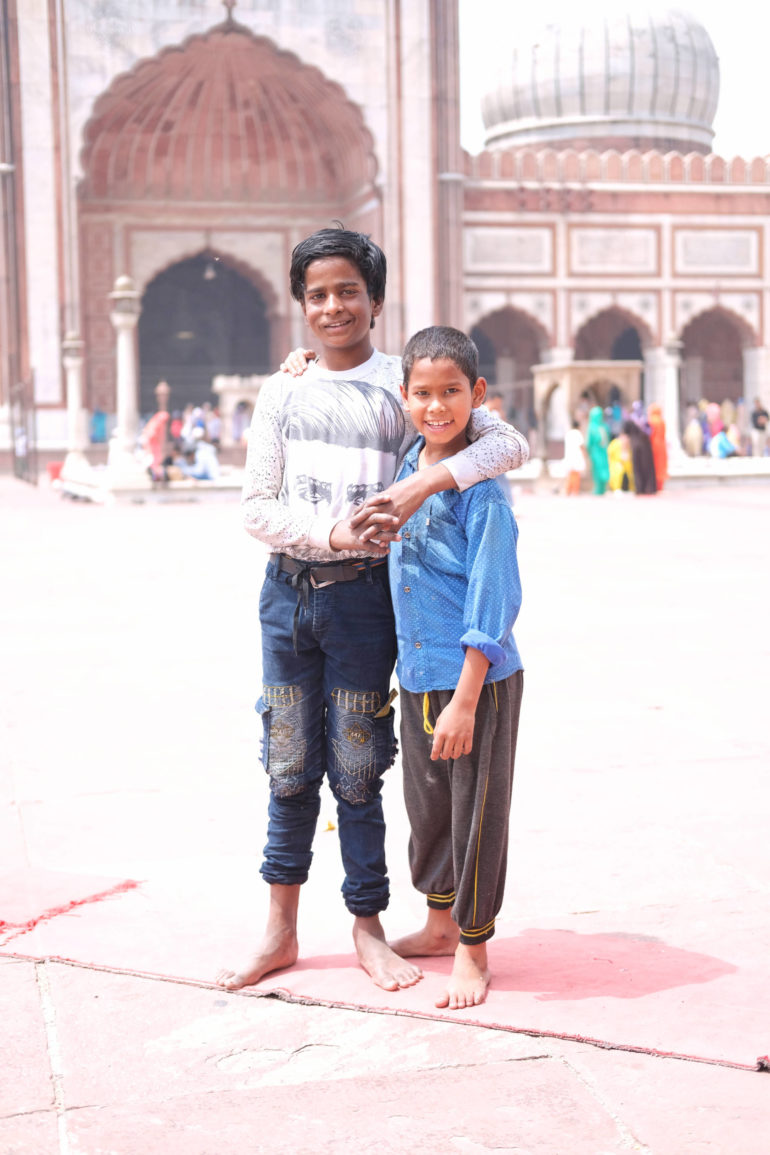
That’s not to say you should not photograph children at all. There are plenty of happy children, living good lives that you can document. But it’s always a good idea to converse with their guardian before you start taking the shots.
Learn Basic Language and Converse
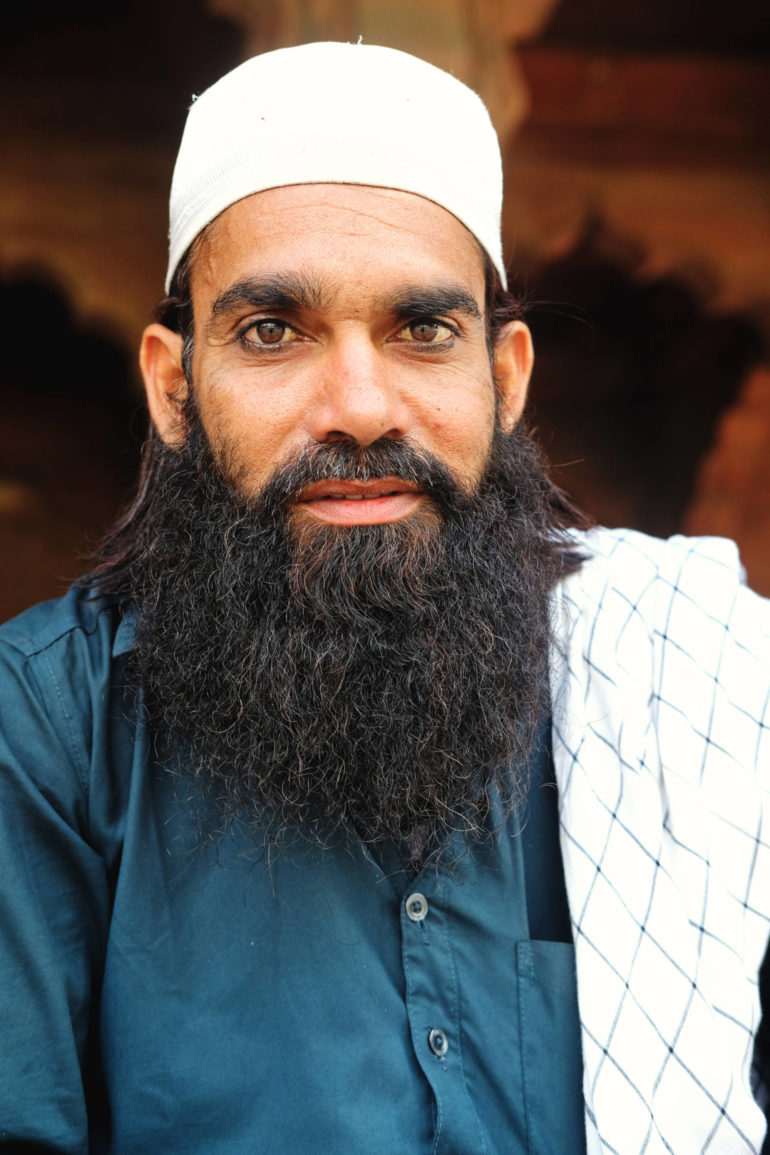
I strongly suggest you learn at least a basic level of the languages in countries you visit that don’t speak English as their first language. Do not expect them to adapt to you in their country. No no, you adapt to them. It’s important to speak some basic language is so you can converse with them. Many people in poorer countries have less education about the world. When they see you, or a group, coming towards them with cameras at the ready, it can make them feel uncomfortable.
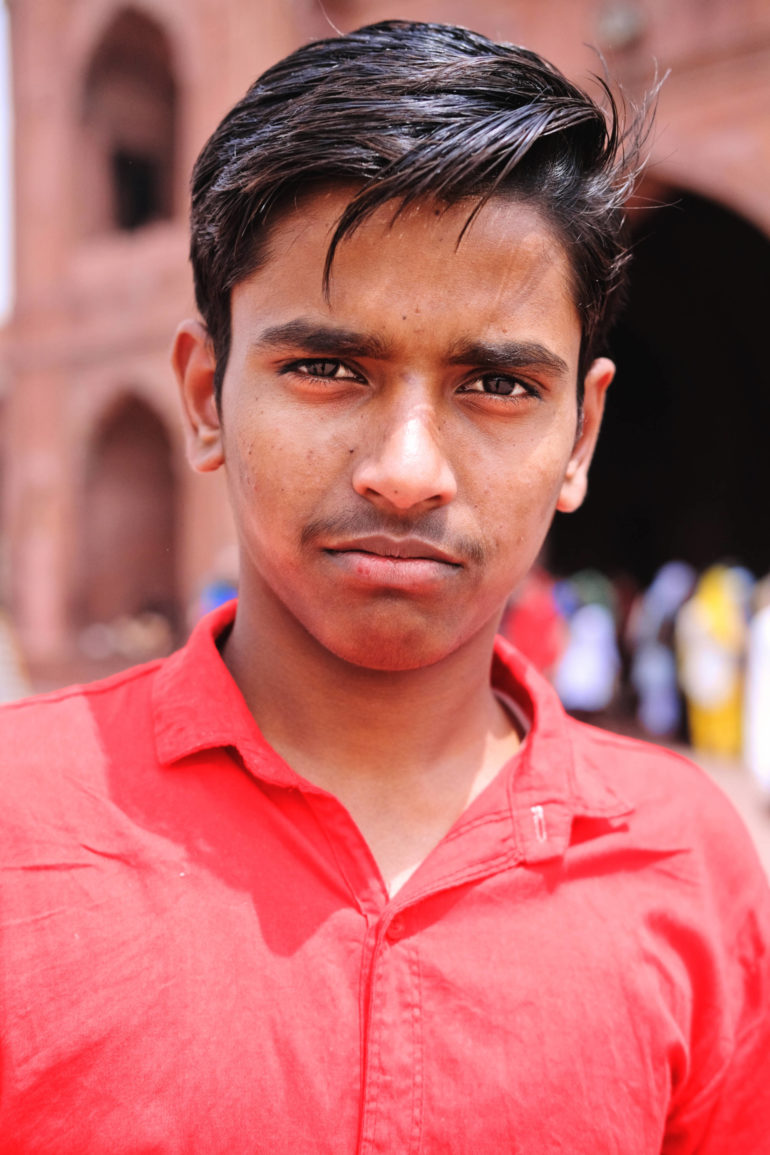
I know this because I’ve spoken to many locals on my travels. I remember one family telling me they just felt like a novelty, an attraction people would visit, when the reality is, they were just in their home living their lives. Again, I’m not saying don’t photograph: of course, you should. But it will go a long way if you can introduce yourself, explain what you do, and that you would like to make photographs. Say it in their language, and you will see a warm reception, I assure you.
Sample Some of That Food You’re Photographing
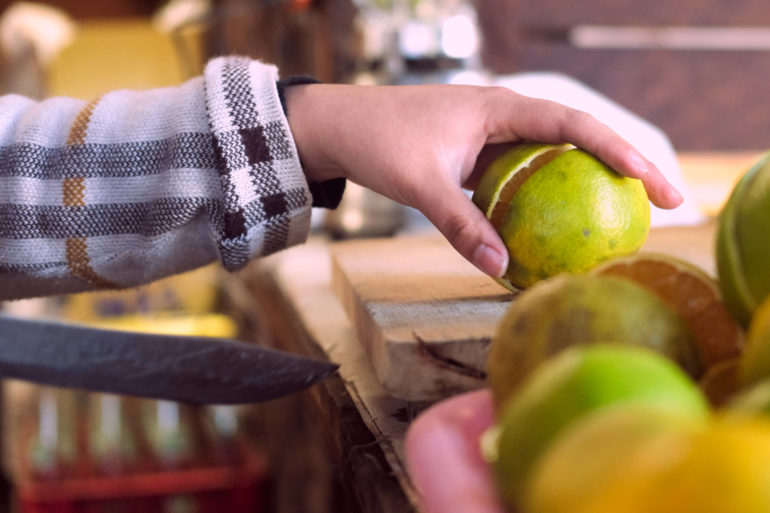
In Western culture, where most food is a chain supply and heated in a microwave, the process of creation isn’t very exciting. In countries that are more traditional, you’re often going to see the process from start to finish. It’s exciting seeing people prepare food in an authentic, fresh way. You smell the flavors, feel the textures, and connect to the love put into making a local dish. The chefs want you to taste it; they want you to understand the culture. Don’t just walk by, have a try! You will show far more respect if you photograph the process and then take a seat and enjoy the food. The relationship between you and the subject will be so much deeper, and it shows a huge amount of appreciation for their livelihood.
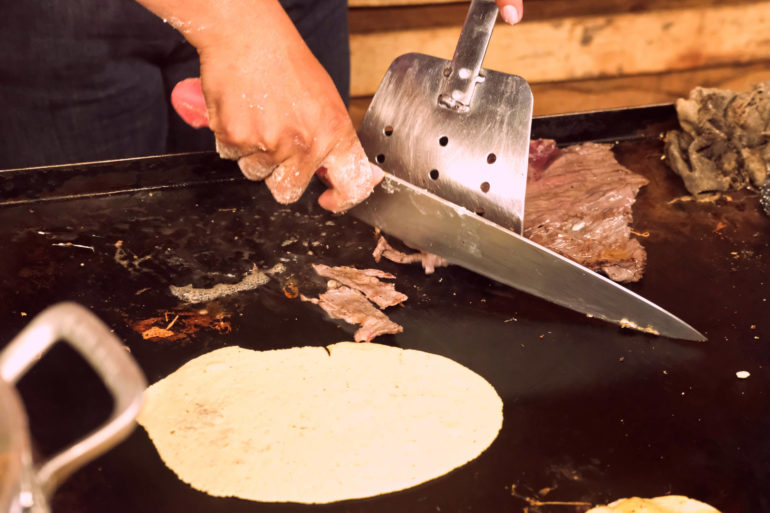
Final Thoughts
I’m unsure if there’s a slightly judgemental tone to this piece. I don’t mean there to be. But after four years on the road and witnessing the arrogance of some photographers, it starts to break a person down. I don’t claim to be an angel – I’ve made mistakes – but I’ve learned from them quickly.
If you have a camera and can travel, you’re one of the lucky ones. It’s a lifestyle many of the people you photograph on the road don’t even bother dreaming about because it’s that unattainable.
So when you visit other countries, please don’t assume it’s yours. It’s their home, their culture, and their way of life. Take some simple steps to show that you recognize and respect that. You’ll feel much better about the photographs you make, and most importantly, the local people will feel so much better about you making them.
The lead photo was taken in Agra, India. The two photographers took a photo of the young child and passed on by, offering no food or help.


